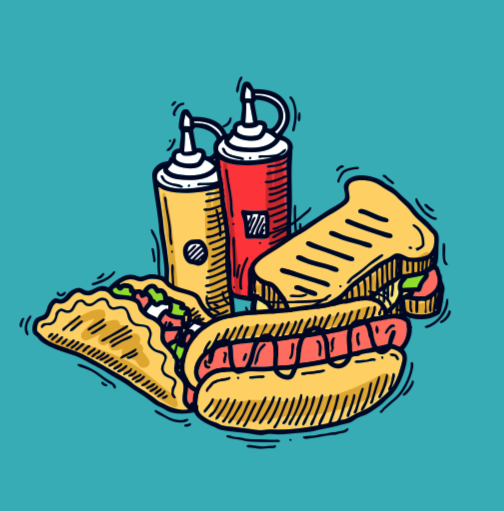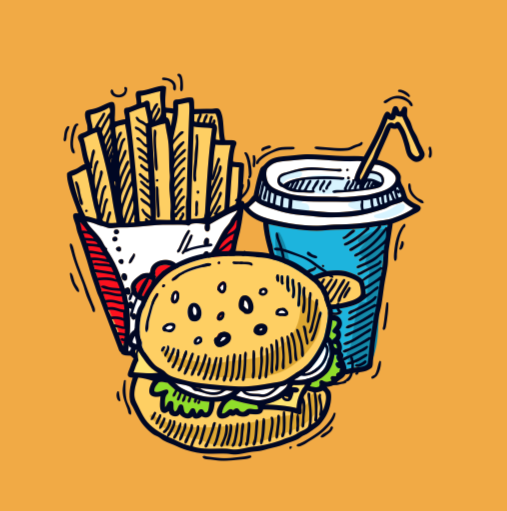A friend of mine told me about his start in the food service business. Here is a short story.
“Michael, here’s how it all began. I started in the food business by opening a restaurant. Mine was a glorified Chicago-style hot dog stand in the Marquette University area in Milwaukee, WI.

"My wife and I never even considered catering until a customer asked if we could come to his house and bring food while he and his friends watched the Packer’s game. That somehow worked, and eventually customers asked us to cater picnics and Milwaukee Brewer tailgate parties. Since most of our Marquette clientele left for the summer, outdoor catering was a natural fit for us as it filled in a big revenue gap. We jumped on this opportunity and soon we were catering over 150 outdoor events each summer!

“Since we sold hamburgers, brats, hot dogs, and similar items, converting these to a catering menu was easy. If you have a restaurant and want to become a drop-off caterer, it is not difficult to take the things you already serve and morph them into a drop-off catering menu.”
His story got me thinking about menus and how the creation of your first can be a daunting task if you aren’t familiar with catering.
So let’s take an in-depth look:
First, let’s consider the meals you need to have menus for. Most corporate caterers do the bulk of their business at lunch. The second most popular meal is breakfast, and while many caterers do a substantial number of dinner-type events, these are usually third on the list. Of course clients may call you for many other types of deliveries such as afternoon snacks and even cocktail parties, but let’s deal with these later. Today, we’ll start to consider what you need to present a basic breakfast menu.
Most drop-off breakfasts can be categorized as hot or cold, and when you are just beginning, you do not need an extensive menu. As you become comfortable with menu items and you see what your customers like and/or request, you can add to your offerings.
The most common breakfast ordered is the Continental Breakfast. While there are obviously many variations, a good place to start is here:

• Bagels
• Danish
• Scones
• Donuts
• Fresh fruit
• Assorted juices
• Coffee/Decaf
Some caterers even like to keep it simpler by putting the Danish, donuts, and scones into one area called sweets. You may have other menu items like cinnamon rolls, for example. Regardless, I’m sure you understand the concept.
Another description that allows you more flexibility based on your inventory, is a rotating assortment of fresh baked goods.
You do need to include plates, napkins, flatware, cups, etc.; some caterers charge for these and others do not. As we progress, we will discuss the advantages and disadvantages of different pricing philosophies.
Building menus is not that difficult if you start simply and add, as you get deeper into drop-off catering. All you need to do is just give it a try and get started! Action leads to results.
Michael Rosman is a member of the Catersource consulting team. If you would like information about him coming to your business to address your specific needs, please email Carl Sacks at [email protected]. His book, Lessons Learned From Our Mistakes – and other war stories from the catering battlefield is available through the Catersource store.
You can visit Michael’s website at www.TheCorporateCaterer.com email [email protected].



